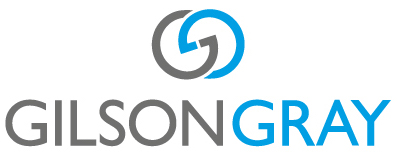Marcus Di Rollo: Compromise will be key for Scotland’s rent cap changes

Marcus Di Rollo
Marcus Di Rollo examines the impacts of the Scottish Government’s rent cap on investors, developers, and tenants, and explores the upcoming challenges and potential changes in rent control policies.
The Scottish Government’s rent cap divides opinion. On one hand, it has arguably protected tenants from punitive increases to their rents during a particularly tough time for personal finances. On the other, it has caused many developers and investors to pause their plans in Scotland, constricting the supply of homes available for rent.
Some have called it a ‘self-fulfilling policy’, in as much as it has exacerbated the issue it was meant to solve. Rents in all the major cities and regions tracked by Citylets, except Aberdeen, rose to all-time highs in the third quarter of 2023 and figures from Rightmove around the same time showed rents in Scotland rose more quickly than anywhere else in the UK.
With the emergency legislation used to introduce the rent cap and eviction ban set to expire at the end of March and the government consulting on its Housing Bill, the question is: what comes next?
Rent controls seem to be here to stay in some form, along with related matters such as adjudication. Prior to the rent cap and eviction ban, tenants were allowed to challenge landlords if they believed their rent was increased too much, with the process likely being amended so the decision is based on the lowest of ‘open-market rent’, ‘landlord rent’, or a ‘reasonable increase’.
There isn’t a huge amount of change with these suggestions, but what may be slightly different is what constitutes ‘reasonable’. The backdrop for landlords has been highly challenging, with higher mortgage rates and inflation pushing costs up substantially – whether you buy or rent, the cost of property has gone up across the board.
The biggest change may be what the cap applies to. At the moment, it is just in-tenancy agreements – landlords are still free to put in an increase when a property is vacant. The government has indicated that it also wants to explore a cap on increases when a property is empty, to ‘stabilise rents’ where market rents are rising steeply.
The desire to protect tenants is well-intentioned, but taking legislation that was supposed to resolve a short-term issue and applying it to the long term may have some serious consequences – particularly for investment.
Estimates from the Scottish Property Federation suggest that around £700 million of build-to-rent schemes have been shelved since the introduction of the rent cap. A recent survey by the Scottish Association of Landlords found the private rented sector is reducing and will continue to shrink over the next five years, with rent controls highlighted as a key factor. Any economist will tell you a lack of supply will do nothing to bring prices down.
Compromise will be key to what follows next. There is evidence emerging that, despite the unintended consequences of the rent cap, rents are beginning to steady and may even reverse. In that kind of environment, private landlords need certainty to make decisions and a level playing field with other providers. They shouldn’t be disincentivised from providing a product most of Scotland is in desperate need of – more quality rental homes.

Marcus Di Rollo is lettings director at Gilson Gray









